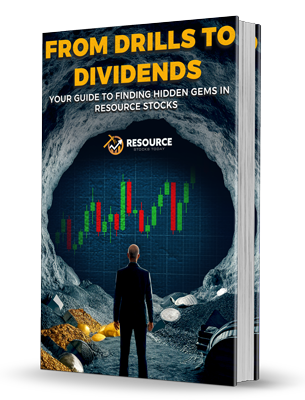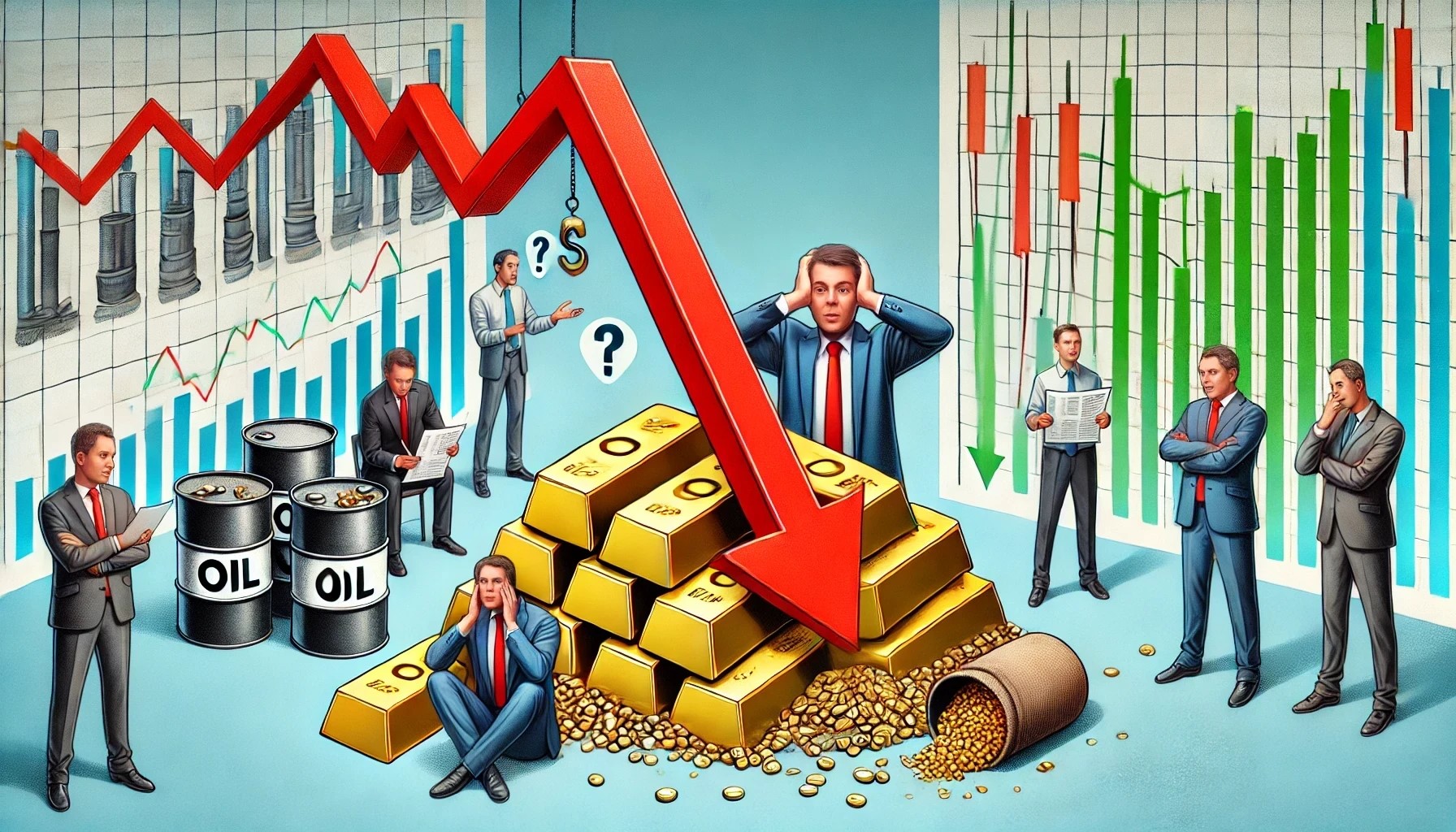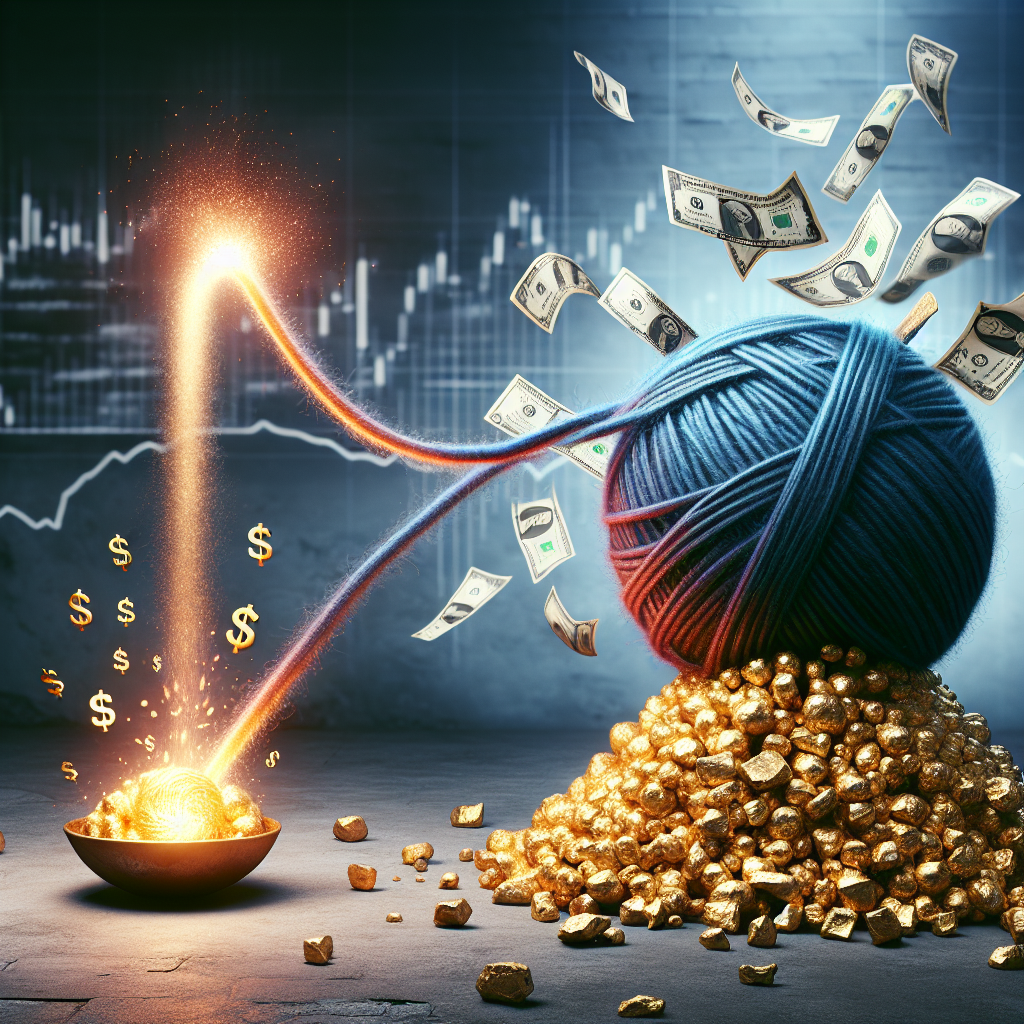Market participants have long wrestled with understanding demand dynamics, often falling into the trap of assuming it will follow a predictable, linear path. Yet, time and again, demand has a way of catching everyone off guard, both to the upside and the downside. In recent months, the focus has been on the perceived tightness in copper supply and the assumption that oil prices would remain buoyant due to OPEC+ keeping around 5 million barrels per day (BPD) off the market since the COVID-19 pandemic. The market consensus seemed clear: with supply restricted, prices could only trend upwards. But this expectation rests heavily on the assumption of continued strong demand—an assumption increasingly called into question.
The common narrative has hinged on China maintaining a GDP growth rate of over 5% and the U.S. embarking on a new era of economic expansion following the massive fiscal stimulus deployed during the pandemic. Yet, cracks in these stories are becoming evident. OPEC, for instance, has been banking on 2 million BPD of global oil demand growth this year, with a significant portion—700,000 BPD—expected to come from China. However, Chinese demand has declined by over 300,000 BPD since the start of the year. This starkly contrasts the optimistic forecasts still being touted by many market analysts.
The Missteps of Old-School Analysis
Instead of examining the shifting drivers of demand, many analysts are clinging to outdated models, hoping for a return to pre-COVID patterns. The prevalent assumption is that China will inject trillions of yuan into its economy to stoke demand and boost GDP. Yet, this ignores the clear signals from President Xi Jinping, who has repeatedly emphasized that the focus is on consumer stability, not growth at any cost. The Chinese economy has been undergoing a process of deleveraging, and the leadership appears committed to enduring short-term pain for long-term structural stability. The old playbook of aggressive fiscal stimulus appears to be off the table, at least for now.
This stance presents a stark contrast to the U.S. Federal Reserve, where Chairman Jerome Powell faces a different dilemma. The U.S. national debt continues to climb, with the budget deficit surpassing 7% and tax receipts unable to keep pace with government spending. The strategy thus far has been to issue more debt, but with interest rates elevated, a significant portion of new debt issuance merely covers the cost of interest payments. This leaves a critical question: Where is the anticipated economic resurgence going to come from?
Betting on the AI Boom: A Risky Wager?
Many are pinning their hopes on the AI revolution, assuming that breakthroughs in artificial intelligence will drive a new wave of productivity gains, akin to the transformative impact of the internet. However, it’s important to remember that even the internet’s rise was neither swift nor smooth. It took several years—and a painful bubble burst—before the technology delivered on its promises.
For commodities markets, the reality is stark: while supply is generally well understood, demand continues to fall short of expectations. As inventories build, prices continue to slide. Meanwhile, businesses face a profit squeeze, consumers have depleted their COVID-era savings, and the U.S. labor market is showing signs of strain. With a contentious election season on the horizon and policy uncertainty looming, the path forward for markets looks increasingly fraught.
A Disconnect Between Markets and Reality
The trillions of dollars printed to prop up the global economy during and after COVID-19 have left us with ballooning debt but little clarity on sustainable growth. The U.S. national debt is approaching $38 trillion, and we may only be at the beginning of a new economic crisis. There’s a glaring disconnect between the rosy expectations of many equity analysts and the more cautious signals coming from the actual markets. Both can’t be right, and something has to give.
Key Takeaways for Investors
- Question Demand Assumptions: Be wary of linear demand forecasts. Markets are fluid, and demand shocks—both positive and negative—are becoming more frequent.
- Focus on Policy Shifts: Understand the policy priorities of major economies. China’s focus on consumer stability over growth, and the U.S.’s struggle with debt, will shape market dynamics.
- Prepare for Volatility: The AI boom may be real, but like past technological revolutions, it could take years to manifest in measurable productivity gains. Be prepared for volatility in the meantime.
- Watch for Signs of Demand Cracks: From oil to copper, supply constraints are known quantities, but the real story will be told by the direction of demand. Stay vigilant for indicators that demand is diverging from expectations.
Conclusion
The prevailing market narratives around demand and growth are increasingly under scrutiny. As we face a landscape marked by debt accumulation, changing policy priorities, and uncertain economic growth, investors would do well to challenge traditional assumptions and keep a close eye on the shifting dynamics of global demand. The question now isn’t just about when growth will return, but whether the market’s current expectations are grounded in reality—or wishful thinking.















